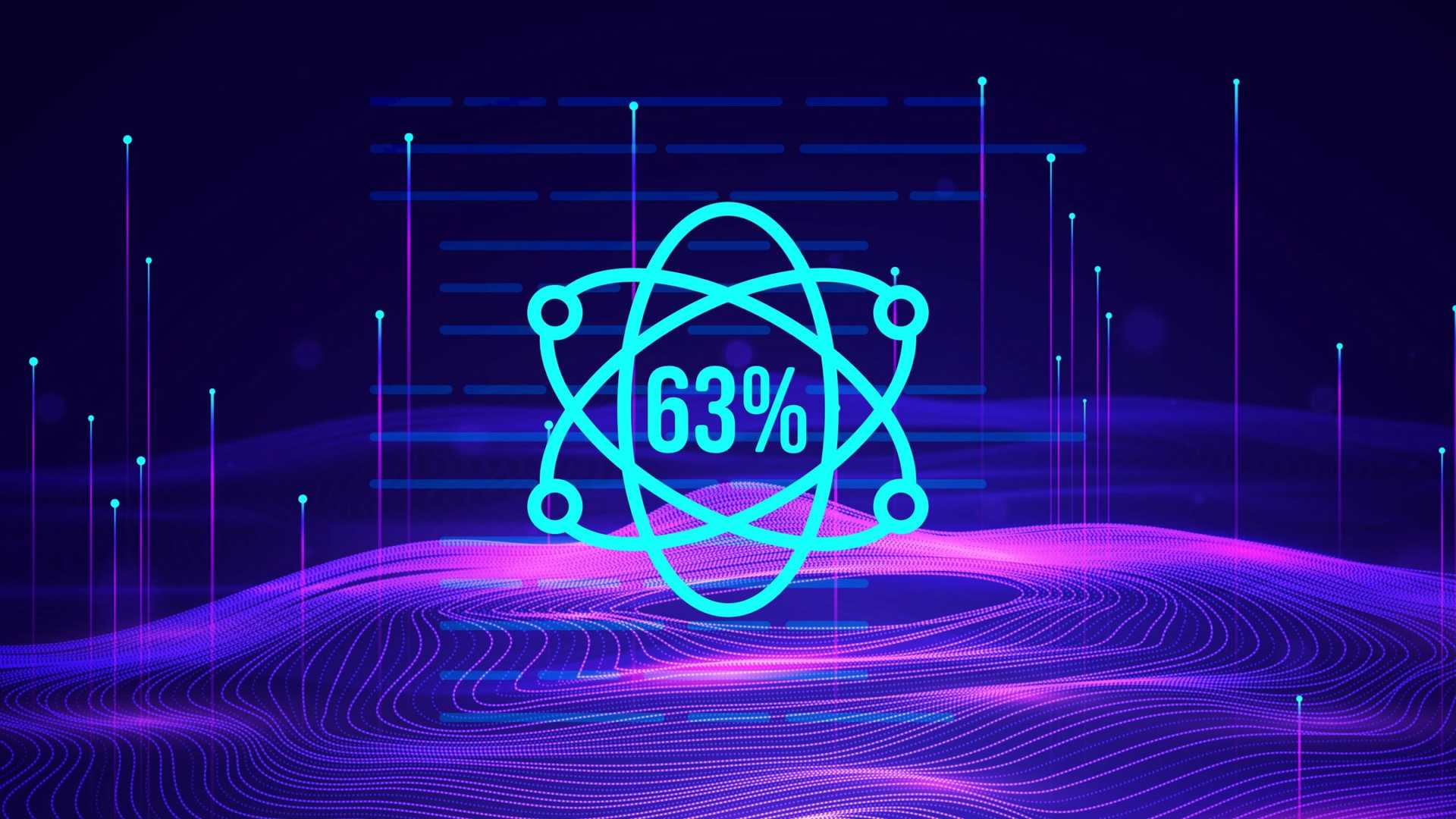
June 27, 2023
You’re familiar with at least one AI-assisted development tool; That’s right, the ChatGPT. Its popularity has skyrocketed in the last few months and with good reason.
It is designed to assist users in generating human-like text but it’s been helpful to developers too, as they can leverage ChatGPT to automate certain tasks, generate code snippets, assist in writing documentation, or even prototype conversational interfaces. While ChatGPT is primarily a language model, it can be used in the development process to aid in various aspects of software development.
In SlashData’s 24th edition of State of Developer Nation, we asked developers if they use AI and how. This led to a dedicated chapter on all the new technologies that captivate developers’ imaginations.
The data from the survey suggest that 63% of developers engaged in some aspect of AI-assisted development, making it evident that this technology is rapidly maturing and transforming from a mere trend to a valuable tool.
AI-Assisted Development: A Growing Trend
While overall engagement has experienced a slight decline of 4% over the past year, the nature of developer involvement has undergone a fascinating shift.
More developers are actively working on or learning about AI-assisted development, showing a 6% increase in engagement.
Simultaneously, the number of developers with latent interest has decreased by 6%.
This dynamic suggests that AI-assisted development is maturing and gaining practical applicability in the development landscape.
Generative AI: Unleashing Creative Possibilities
Alongside AI-assisted development, generative AI has emerged as a new and exciting technology.
With 57% of developers actively involved or interested in generative AI, curiosity and excitement abound. While AI-assisted development still leads in adoption at 17%, generative AI projects attract 14% of engaged developers.
The Many Uses of Generative AI
Developers use generative AI in three main ways:
- as a helpful tool for their development process
- by integrating it into projects through APIs
- or even by creating the models themselves.
Ongoing investigations are exploring these usage patterns to uncover more insights into this groundbreaking technology.
Challenges and Opportunities
Although generative AI is gaining high engagement, there are factors that affect its adoption among developers.
Some developers may be hesitant to rely solely on generative models for critical or security-conscious tasks.
However, there is a growing adoption of generative AI for visual assets in software development, which reduces the risks of errors and security vulnerabilities.
Overcoming Challenges
Developers who work on generative AI models face the challenge of needing a large amount of training data.
However, certain tools offer the ability to fine-tune pre-trained models for specific tasks, making this challenge easier to overcome. As developers become more familiar with assistive and generative AI technologies, we can expect a surge in their adoption, leading to innovation and creativity.
Leadership’s Role
Interestingly, leaders in C-suite and other leadership positions show higher engagement rates with emerging technologies.
About 49% and 50% of those who approve tool expenses or budgets are actively involved in AI-assisted development.
This trend suggests that the revolution in AI-assisted development is driven by leaders who recognize its potential.
Looking Ahead: The Changing Landscape:
When we take a broader view, we see a cyclical pattern in the adoption and interest in emerging technologies. Developer interest has dropped by 5% overall, while adoption has increased by 4 percentage points.
This contrast indicates a dynamic shift in developer preferences, marking a change from previous trends.
In summary, AI-assisted development is rapidly evolving and attracting developers’ attention. Generative AI opens up exciting possibilities, and leadership engagement plays a crucial role in driving its growth. Cryptocurrencies continue to be intriguing, and the landscape of emerging technologies is constantly shifting.
Did you find this article interesting? Download the free report to learn about:
- The rest of the technologies that capture the developers’ imagination
- The Role of female coders in software development
- An update on language communities
- How well-paid developers feel
- What makes a high-quality API
- An Overview of embedded software development
Recent Posts

August 27, 2025
How to Find the Right Learning Path When You’re Switching to a Tech Career
See post

August 22, 2025
Developer News This Week: AI Speed Trap, GitHub Copilot Agents, iOS 26 Beta Updates & More (Aug 22, 2025)
See post

August 08, 2025
Developer News This Week: GitHub GPT-5, VS Code 1.103 & Chrome 139 (Aug 8, 2025)
See post
